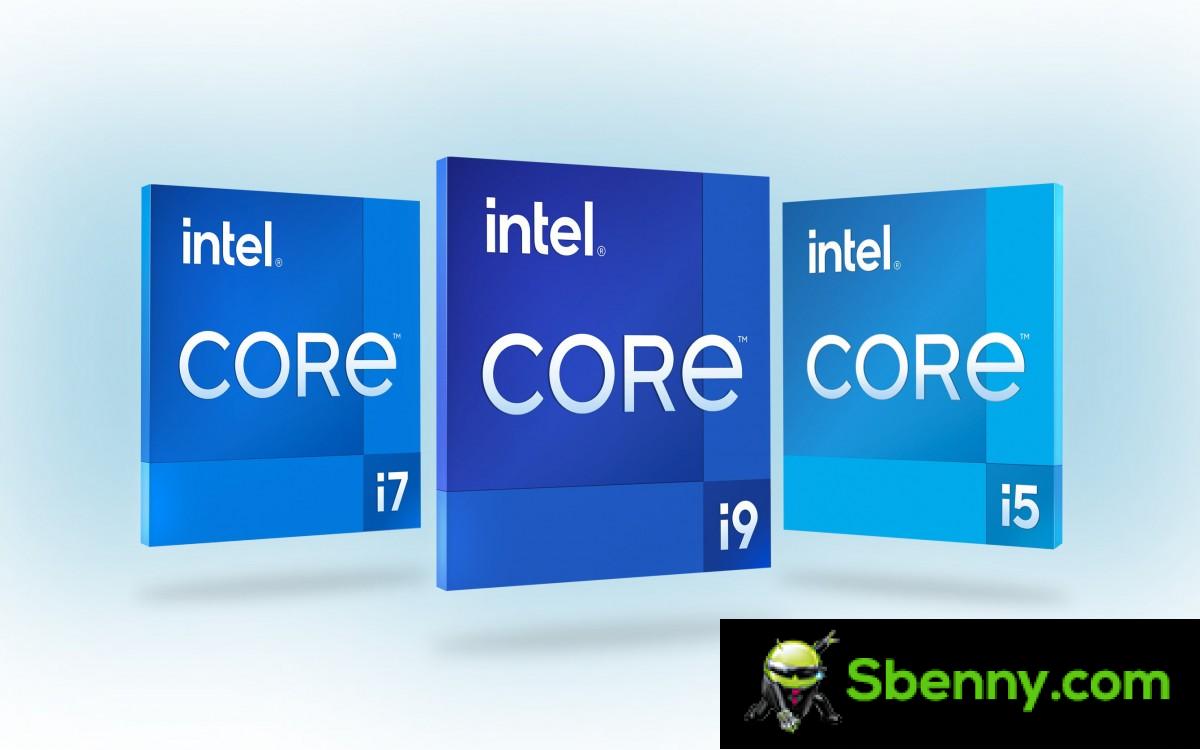Intel has announced its new 14th generation Core series desktop processors based on the refreshed Raptor Lake architecture. These include the Core i9-14900K/KF, the Core i7-14700K/KF, and the Core i5-14600K/KF.

The new chips can essentially be considered overclocked versions of the previous generation models, with some new software and connectivity features. Only the i7 model features some changes to the main layout.
But first, let’s start from the top. The 14900K (and the non-iGPU 14900KF variant) feature modest clock speed improvements, but just enough to allow Intel to claim the crown of first CPU to hit 6.0 GHz for the second time. The company has already made this claim with the 13900KS, but that chip was sold in small quantities, while the 14900K is said to be the first chip to hit 6.0GHz that will be sold in large quantities. Other than that, there aren’t many changes compared to the 13900K.
| 14900K | 13900K | 14700K | 13700K | 14600K | 13600K | |
| Total cores/threads | 24/32 | 24/32 | 20/28 | 16/24 | 14/20 | 14/20 |
| Performance cores | 8 | 8 | 8 | 8 | 6 | 6 |
| Efficient cores | 16 | 16 | 12 | 8 | 8 | 8 |
| Maximum turbo | 6.0GHz | 5.8GHz | 5.6GHz | 5.4GHz | 5.3GHz | 5.3GHz |
| Increased thermal velocity | 6.0GHz | 5.8GHz | – | – | – | – |
| Turbo Boost Max 3.0 technology | 5.8GHz | 5.7GHz | 5.6GHz | 5.4GHz | – | – |
| Max. performance core | 5.6GHz | 5.4GHz | 5.5GHz | 5.3GHz | 5.3GHz | 5.1GHz |
| Max. efficient core | 4.4GHz | 4.3GHz | 4.3GHz | 4.2GHz | 4.0GHz | 3.9GHz |
| Performance base | 3.2GHz | 3.0GHz | 3.4GHz | 3.4GHz | 3.5GHz | 3.5GHz |
| Base with efficient core | 2.4GHz | 2.2GHz | 2.5GHz | 2.5GHz | 2.6GHz | 2.6GHz |
| Total cache | 36MB | 36MB | 33MB | 30MB | 24MB | 24MB |
| L2 cache | 32MB | 32MB | 28MB | 24MB | 20MB | 20MB |
| Basic power | 125W | 125W | 125W | 125W | 125W | 125W |
| Turbo power | 253W | 253W | 253W | 253W | 181 W | 181 W |
The 14700K changes things up a bit and adds a few extra E-cores over its predecessor, bumping the number from 8+8 to 8+12. The clock speed has also increased, as has the amount of cache.
Then finally there’s the 14600K, which returns to only having modest clock speed increases to justify its existence.
Models with integrated GPU feature the same UHD Graphics 770 as previous generation models.
New in this generation is Intel Application Optimization, designed to improve application threading and thread scheduling on the operating system to better take advantage of the hybrid architecture of these chips. Intel showed an improvement of up to 16% in select titles with the new feature, but also admitted that it won’t benefit all games.
Intel also unveiled new Intel XTU software, which will now include AI-assisted overclocking for new chips. It seems that Intel has also beefed up its memory controller and now claims support for XMP kits above 8000 MHz.
Improvements also on the connectivity front. The new 14th generation chips will feature built-in support for Wi-Fi 6/6E and Bluetooth 5.3, as well as discrete support for Wi-Fi 7 and Bluetooth 5.4. There’s also support for the upcoming Thunderbolt 5, which doubles Thunderbolt bandwidth to 40Gbps.
Finally, the new 14th generation chips will be compatible with existing motherboards with 600 and 700 series chipsets with LGA 1700 socket, meaning that any motherboard that supports 12th and 13th generation Intel will also work with the 14th generation.
The new Intel chips will be available at the same prices as previous generation components, starting October 17.







Start a new Thread